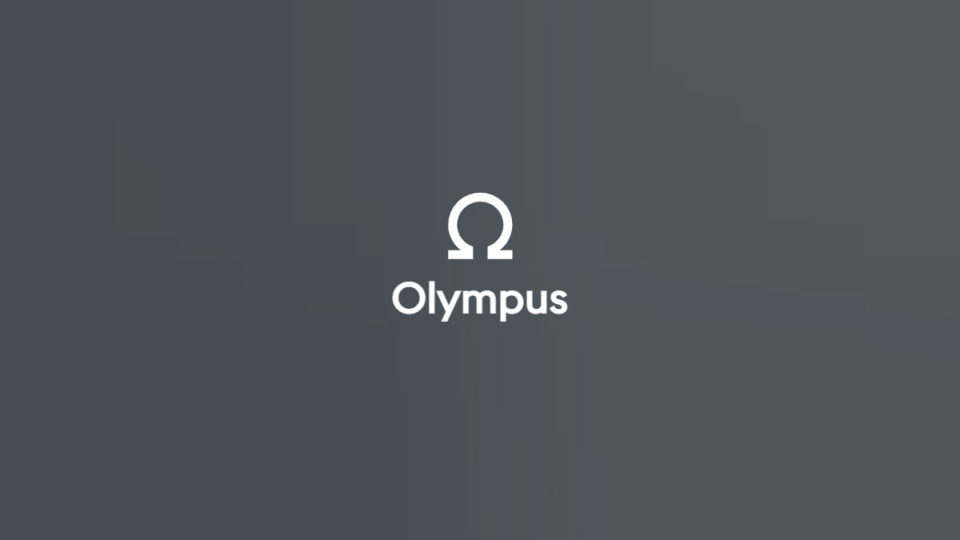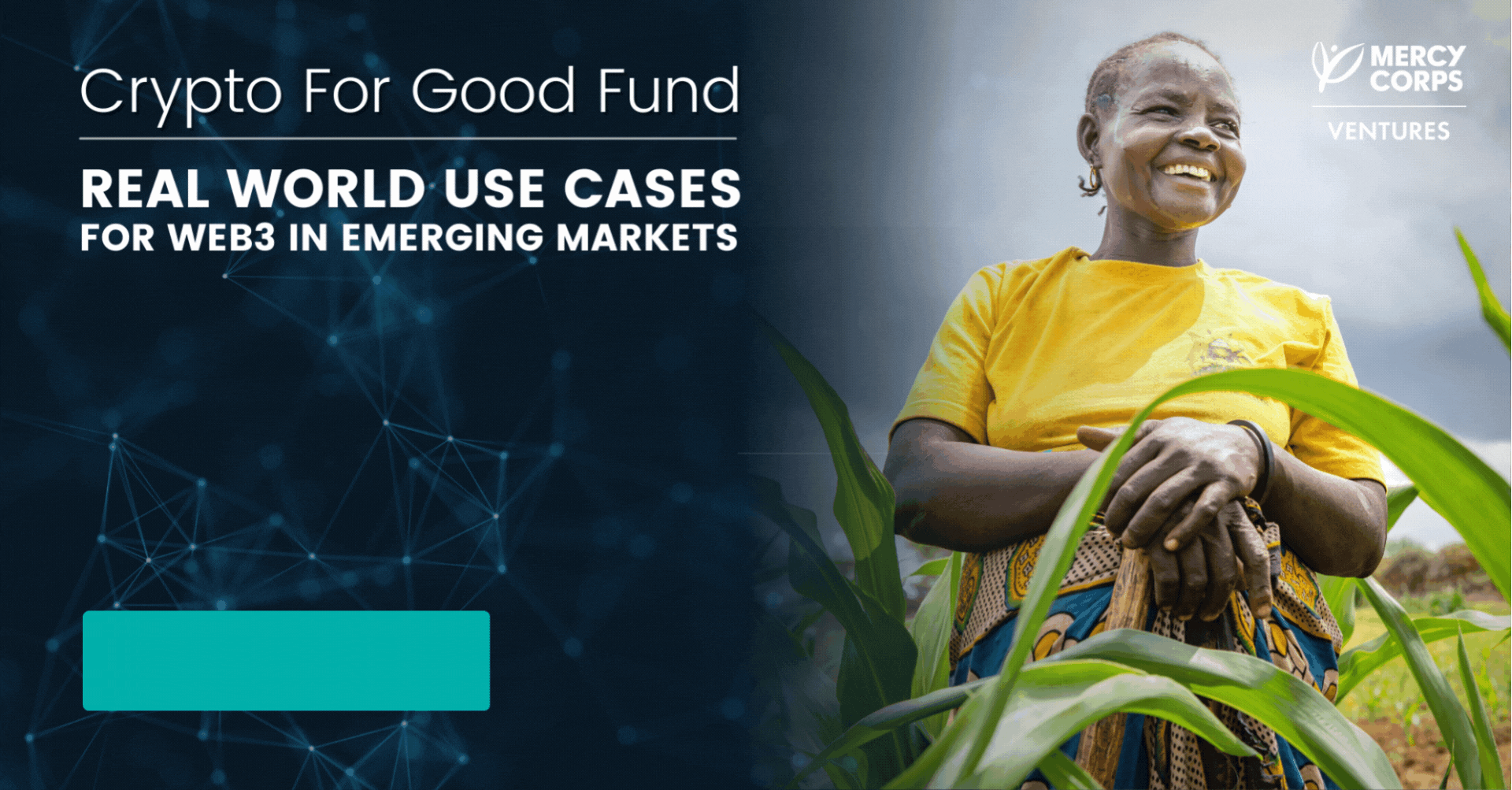

[EXPLAINER] A Look at Olympus DAO – Creating Crypto’s Decentralized Reserve Curr...
source link: https://bitcoinke.io/2023/02/nigeria-inflation-in-january-2023/
Go to the source link to view the article. You can view the picture content, updated content and better typesetting reading experience. If the link is broken, please click the button below to view the snapshot at that time.

Nigeria Inflation Hits 21.8% in January 2023 – The Highest Increase Since September 2005 – BitcoinKE

Nigeria’s inflation rate increased to 21.8% in January 2023 from 21.34% in the prior month, the highest increase since September 2005.
Headline Inflation for January 2023 was 21.82%, from 21.34% in December 2022.
Food Inflation was 24.32% in January 2023 from 23.74% in December 2022.
Urban inflation was 22.55%. Rural Inflation was 21.13%.
Read the full CPI report for January 2023 here: https://t.co/ResHYKcEhK pic.twitter.com/E4r5X6CzPr— NBS Nigeria (@NBS_Nigeria) February 15, 2023
On a monthly basis, consumer prices rose sharply by 1.87% marking the highest increase in nearly 16 years, following a 1.71% rise in the previous month.
The primary factors contributing to the surge in inflation were the significant increases in food prices and the depreciation of the Nigerian currency, the Naira.
Food prices, which have the highest weight in the consumer price index (CPI) basket, rose to 24.32% in January 2023 from 23.75% in the preceding month. The contributions of items on a class basis to the increase in the headline index are:
- Bread and Cereal (21.67%)
- Actual and Imputed Rent (7.74%)
- Potatoes
- Yam and Tuber (6.06%)
- Vegetable (5.44%)
- Meat (4.78%).
Outside of food, the highest increases were recorded in prices of gas, liquid fuel, passenger transport by air, vehicles spare parts, fuels, and lubricants for personal transport equipment, solid fuel.
Inflation, which had been on the rise for 10 consecutive months, experienced a temporary dip to 21.34% in December 2022, however, it is back up ahead of the upcoming general election in February 2023.

High inflation, weak economic growth, and mounting insecurity are at the forefront of the minds of many voters and are likely to play a major role in determining the outcome of the elections.
Policymakers have attributed Nigeria’s inflationary pressures to its infrastructure problems and the country’s reliance on imports for many consumer goods.
The Governor of the Central Bank of Nigeria (CBN), Godwin Emefiele, has stated that the bank will continue to adopt a hawkish stance on interest rates if inflation remains at an elevated level.
In January 2023, the Central Bank of Nigeria increased its key interest rate to 17.5% marking a total of 600 basis points of rate hikes since May 2022.
__________________________________
Follow us on Twitter for latest posts and updates
Join and interact with our Telegram community
__________________________________
__________________________________

OlympusDAO is a decentralized autonomous organization (DAO) that manages the Olympus Protocol, an algorithmic currency protocol with the goal of becoming a stable crypto-native currency.
DAOs distribute the governance of an organization among community members who vote on key issues. Using governance tokens they vote on topics such as allocations, partnerships, treasury functions, etc. Members of the OlympusDAO utilize a community forum and Discord to access the voting process even though the DAO is currently implemented at just a high level.
The DAO’s native token is called Olympus ($OHM) and serves both as a stable currency and governance token. Protocol-owned assets back each token in the Olympus treasury.
Though sometimes referred to as an algorithmic stablecoin, Olympus is more akin to a central bank since it holds other assets in reserve like $DAI to manage its price. The goal is to achieve price stability while maintaining a floating market-driven price.
Olympus Mission
Olympus aims to install $OHM as crypto’s decentralized reserve currency.
OHM’s purpose is to provide the growing Web3 financial ecosystem with a censorship-resistant currency that preserves purchasing power, has deep liquidity, is trusted, and is widely used as a unit of account.
Olympus aims to solve Web3’s reliance on centralized, censorable stablecoin assets by creating a non-pegged reserve currency called $OHM that is backed by a basket of assets. Olympus actively utilizes its Treasury as a counter balance to the market and to grow the economy.
A fully formed $OHM is expected to provide the following benefits, with the organization running several campaigns to enhance OHM’s capacity:
- Preserves purchasing power via long-term price stability
- Has deep liquidity across decentralized and centralized exchanges
- Is utilized as a unit of account (e.g. by being paired against many other assets in Web3)
- Is utilized as trusted backing (e.g. to collateralize other assets or deposited into protocols’ treasuries)
https://pbs.twimg.com/media/Fe0Qcn0WYAIRCbI?format=jpg&name=medium
How It Works
The protocol lets users buy $OHM at a discount which bonds them to the network and gives them the incentive to increase native tokens by adding liquidity through staking or yield farming.
Bonding is thought to be a more efficient way to maintain liquidity on decentralized exchanges. Currently, to incentivize liquidity providers (LPs) to keep their liquidity locked in staking pools, AMMs(Automated Market Makers) offer very high rewards in their native tokens which eventually causes a drop in the supply of the native token.
However, in Olympus, since the users provide liquidity (other crypto assets) to the protocol in exchange for discounted $OHM, the protocol gets to own the liquidity and not the LPs. Olympus also employs compound interest to reward stakers which is more profitable over time.
$OHM is backed, not pegged. Each $OHM is backed by $1 worth of assets in the treasury, not pegged to it.
Because the treasury backs every $OHM with at least $1, the protocol would buy back and burn $OHM when it trades below $1. This has the effect of pushing $OHM price back up to $1. On the other hand, $OHM could always trade above $1 because there is no upper limit imposed by the protocol. Think pegged == 1, while backed >= 1.
Conclusion
The Olympus Protocol is currently doing campaigns to bootstrap deep $OHM liquidity with wide acceptance in DeFi on all layers and chains.
This is part of a 3-pronged approach to boost adoption. The other pillars include a reserve pillar to establish purchasing power and a utility pillar to drive usage for $OHM as a currency that can be exchanged for a whole lot of tokens in DeFi, as well as services and products.
___________________________________
Follow us on Twitter for latest posts and updates
Join and interact with our Telegram community
___________________________________
___________________________________
Recommend
About Joyk
Aggregate valuable and interesting links.
Joyk means Joy of geeK
